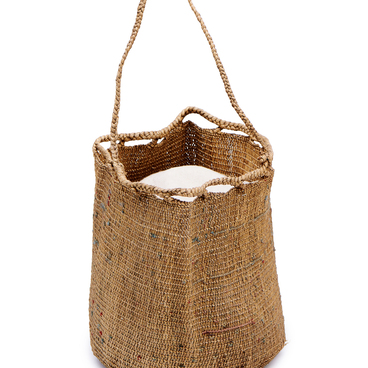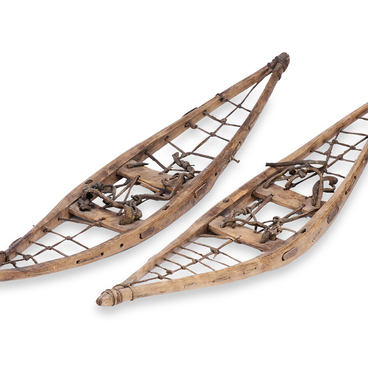At the turn of the 20th century, the Art Nouveau style began to dominate in architecture. Its spread in the Russian Empire reached global proportions. In provincial and remote cities, the so-called “Wooden Art Nouveau” emerged, which often combined following the capital’s models and the use of traditional techniques of Russian carpentry.
Wooden house construction was the traditional and most affordable method of building houses in Russia, and in some regions — the only one possible. Wooden Art Nouveau did not bypass Petropavlovsk in the early 20th century. The history of its appearance in the city was connected with the establishment of the Kamchatka region in 1909. On July 22, Vasily Vasilyevich Perfilyev was appointed acting governor of Kamchatka and assumed his duties at the end of August 1909.
By the end of the 19th century, Petropavlovsk was a small village with one-story wooden houses located in a chaotic order along one street that stretched between Petrovskaya Sopka and the shore of the Malaya Bay. The new governor found Petropavlovsk in this condition. There were no private premises in the city that could be rented as apartments for the employees of the governor’s office. Therefore, initially Vasily Perfiliev introduced the rule according to which employees could have apartments in state buildings. In the meantime, a newly established economic and construction committee started to build houses and administrative facilities.
All the work was carried out under the supervision of the engineer Konstantin Antonovich Zaranek, and according to his designs and estimates. Five types of buildings were erected. Construction material was purchased in Vladivostok, including Canadian cedar, spruce, refractory brick from the factory of the heirs of the merchant Alexey Dmitrievich Startsev, as well as galvanized, corrugated, and black iron, cement etc.
The city developed a new face during these years. Most of the new houses were two-story, they were painted light gray, window crosspieces were white, and decorative elements were dark gray. The architecture of the new houses, their décor and painting featured Art Nouveau elements.
The city built not only
administrative and residential buildings for employees, but also private
residences, which adhered to the new architectural trend of wooden Art Nouveau.
One of such buildings has been preserved — it is the House of merchant
Podprugin. The museum exhibit was part of this building.





